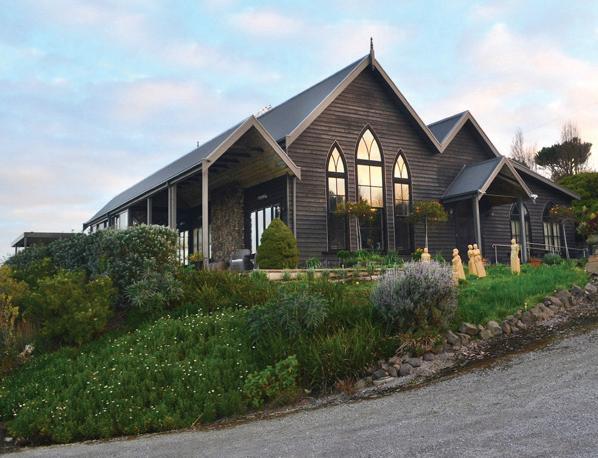The Influence of Grand Designs on Modern Architecture

Introduction
Grand Designs, a popular television series hosted by Kevin McCloud, has significantly influenced the landscape of architecture and design in the UK since its inception in 1999. The show profiles individuals who embark on ambitious residential projects, highlighting the challenges and triumphs of creating their dream homes. Amid growing concerns about sustainability and innovative architecture, Grand Designs serves as a crucial platform for showcasing creative solutions and inspiring future homeowners.
Revolutionising Homebuilding
Over the years, Grand Designs has featured diverse projects that reflect homeowners’ unique tastes and the need for environmentally responsible construction. From eco-friendly houses made of sustainable materials to avant-garde structures that push the boundaries of conventional design, each episode highlights the potential for personal expression and innovation in homebuilding.
The show’s most memorable projects have included modernist homes, converted warehouses, and traditional stone cottages reimagined with cutting-edge technology. For instance, a standout episode featured a couple who transformed an old church into a modern family home, marrying the old with the new and sparking interest in adaptive reuse — a principle that’s becoming increasingly integral to contemporary architecture.
Addressing Sustainability
As the climate crisis intensifies, Grand Designs has increasingly focused on sustainable building practices. The show highlights designs that integrate renewable energy sources, such as solar panels and rainwater harvesting systems. One notable episode showcased a zero-carbon home, demonstrating that luxurious living could align with environmental responsibility. Such episodes inspire viewers to consider how their architectural preferences can be harmonised with ecological conservation.
This focus has prompted a greater awareness among prospective homeowners regarding the implications of their architectural choices. Viewers are encouraged to think about the long-term sustainability of their buildings, leading to a shift in attitudes towards eco-friendly building materials and renewable technologies.
Conclusion
Grand Designs has not only entertained millions of viewers but has also educated them about the possibilities of modern architecture and sustainable design. As the series progresses, its influence on the way people conceptualise and realise their living spaces continues to grow. The show’s legacy lies in encouraging both architects and homeowners to think creatively and responsibly about their habitats, paving the way for a future where innovative designs and sustainability go hand in hand.
For viewers and potential builders alike, Grand Designs serves as a vital reminder that home is not just a place to live, but a canvas for creativity and a step towards environmental stewardship.









